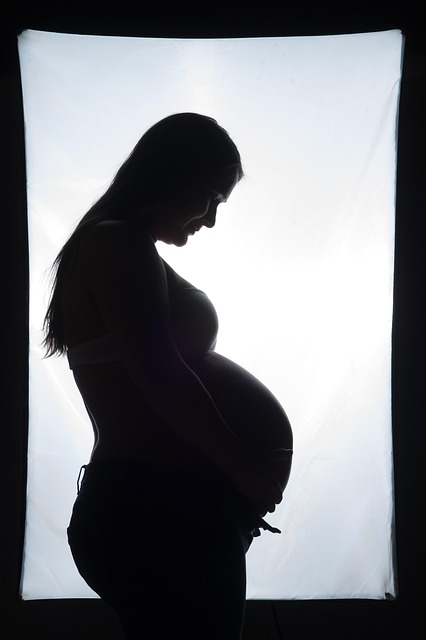Hey there! Today, let’s chat about a topic that often comes up in the fertility world: fibroids. These pesky growths can be a real hurdle for those trying to conceive, so understanding their impact is essential.
Take the story of Sarah, for instance. At 35, she came to us after struggling to get pregnant for over two years. After a 14-month wait, she finally got a positive test, but sadly, that joy turned to heartbreak with a miscarriage. Sarah’s periods were regular, but she noticed heavier bleeding recently. A thorough check revealed some concerning details: her follicle stimulating hormone (FSH) was on the higher side, her egg count was lower than expected, and a significant fibroid was lurking in her uterus.
What Are Fibroids?
Now, let’s break down what fibroids are. Uterine fibroids, or leiomyomas, are the most common types of tumors found in women of reproductive age. They’re made of muscle cells and can grow in response to hormones like estrogen and progesterone. It’s estimated that 30-40% of premenopausal women have these fibroids, with a higher prevalence in black women. While many women with small fibroids don’t experience symptoms, those who do often report heavy periods and pelvic discomfort.
The Impact of Fibroids on Fertility
The impact fibroids have on fertility largely depends on where they are located. Submucosal fibroids, which grow just beneath the uterine lining, can obstruct the implantation of an embryo, making it tough for a pregnancy to take hold. Research suggests that women with these types of fibroids have only a 30-40% chance of conceiving compared to those without fibroids and face significantly higher miscarriage risks. Doctors generally recommend removing these fibroids to improve the chances of conception, although supporting evidence is somewhat limited.
Intramural fibroids, on the other hand, are more controversial. Some studies suggest they may slightly reduce implantation rates and increase the risk of miscarriage, but the results are mixed. Interestingly, some research indicates that women using egg donors have similar pregnancy success rates regardless of whether they have intramural fibroids. This inconsistency leads many clinicians to assess each case individually, considering the number and size of fibroids, how they affect the uterine environment, and the potential need for surgical intervention.
Subserosal fibroids are the least concerning, as they typically don’t interfere with implantation. However, larger ones might cause discomfort during pregnancy.
Sarah’s Journey
Now back to Sarah. Her assessments revealed both diminished ovarian reserve and a submucosal fibroid contributing to her infertility. The fibroid was likely a factor in her previous loss. After discussing options, we recommended a minimally invasive procedure to remove the fibroid before starting IVF, and she happily followed through. Fast forward to today, and she’s excitedly awaiting the arrival of her little one!
Additional Resources
If you’re interested in learning more about pregnancy precautions, check out this helpful post. For those considering home insemination options, you might want to explore this artificial insemination kit resource. Also, the CDC provides excellent information on pregnancy that’s worth checking out.
In summary, while fibroids can complicate the journey to conception, understanding their effects and taking the right steps can lead to successful outcomes. If you’re facing similar challenges, know you’re not alone, and there are paths forward.

